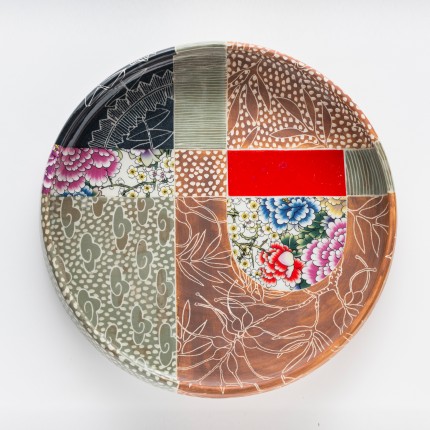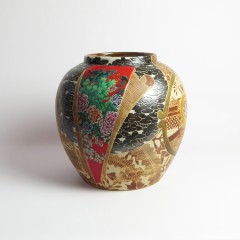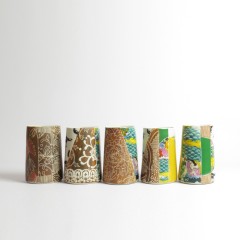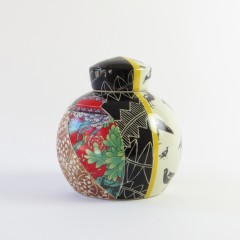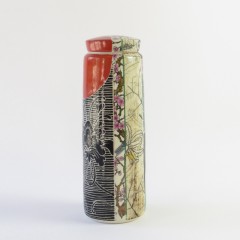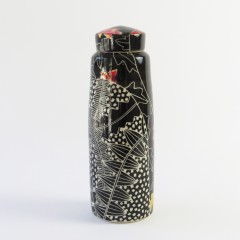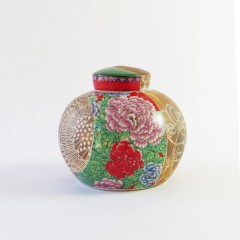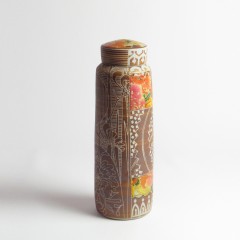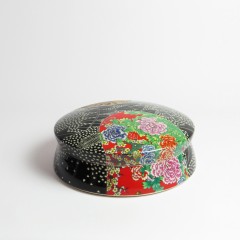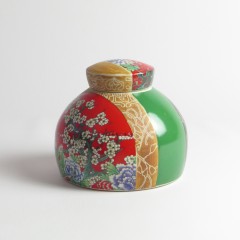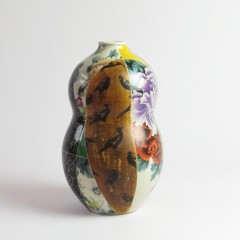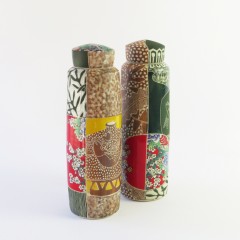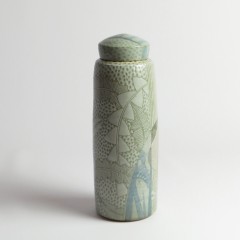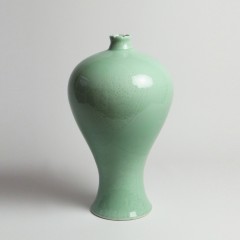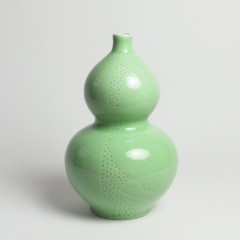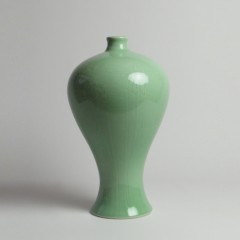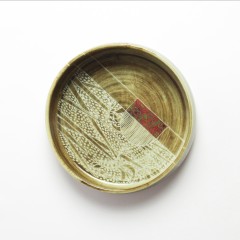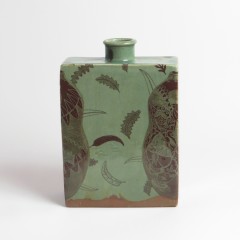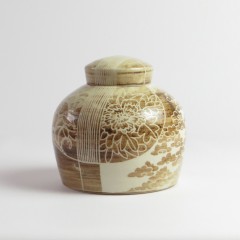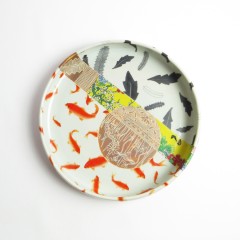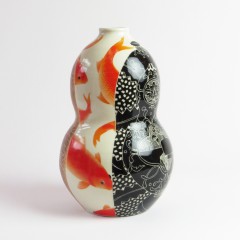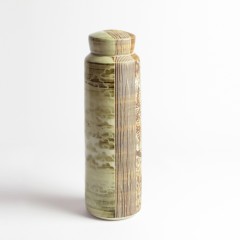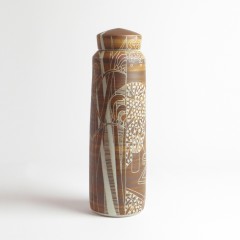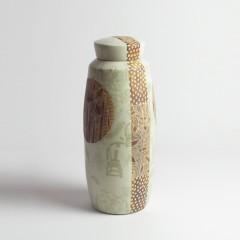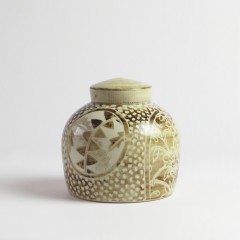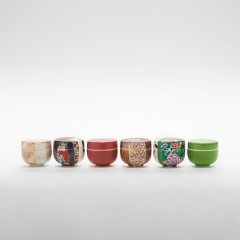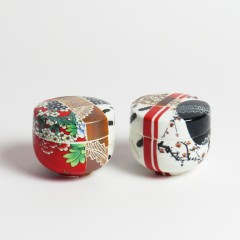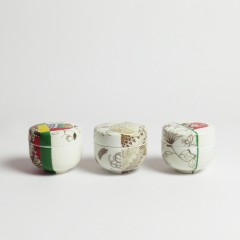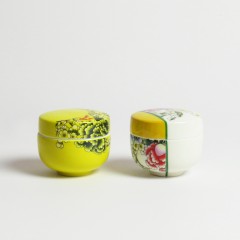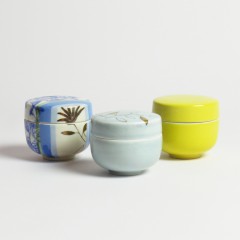Main Gallery 30 September - 24 October 2015
Janet DeBoos – F1 Hybrids: no guarantees
Sabbia Gallery is pleased to present this beautiful exhibition by ceramic artist Janet DeBoos.
Since completing her ceramics training at East Sydney Technical College in 1971 Janet has taught in various institutions in Australia and overseas (most recently as Head of the Ceramics Workshop, ANU School of Art). She has also run a production pottery, written/co-authored three books on ceramic glazes, worked within the industry in China & Italy and has written numerous articles for Australian and international ceramics journals on ceramic art practice, education and glaze technology.
Janet DeBoos has lectured and conducted workshops nationally and internationally and is represented in many major public collections including the National Gallery of Australia and the National Museum of China in Beijing. She is an Australasian and South African representative of the International Academy of Ceramics Council, Geneva.
In biological parlance, an F1 hybrid is the first offspring of two different genotypes (or genetically different kinds) of organisms. They exhibit particular characteristics, that have been brought about because of a selective breeding program. There is much discussion in horticultural circles about why you shouldn’t buy F1 hybrids, and buy only heritage seeds, because there are no guarantees that the F1 seeds will be fertile and breed to produce offspring identical with the F1. They may grow and express characteristics that are undesirable as opposed to the desirable characteristics of the F1 hybrid, or they may be a dead end through infertility. The mule as offspring of a donkey and a horse is usually infertile, but is consciously bred because it is an excellent example of hybrid vigour, and provides qualities in one beast that are a mix of desirable parental characteristics.
The current work builds on ideas explored in my recent work about hybridity, of what constitutes ‘place’ and a somewhat utopian ideal of borderlessness. The vehicle for this exploration is the decorative ceramicsobject, both form and surface, with particular reference to the pottery of China and Korea and the central Australian desert.
Janet DeBoos, 2015
